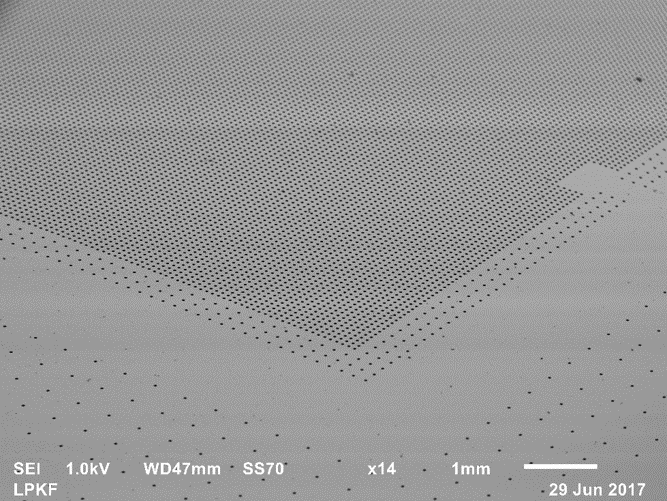Glass for Heterogeneous Integration
LIDE enables glass to become a new platform for Advanced Packaging application
Glass Interposer
Glass offers the possibility to drastically reduce the cost of interposers. An essential prerequisite for this is the economical production of through glass vias of very high quality.
The LIDE process allows you to achieve this. In addition, it also offers the possibility of manufacturing integrated passives and introducing dicing structures.
Fan-Out-Packaging
LIDE processed glass wafers or glass panels can further improve the nowadays very popular Fan-Out packages. The advantages are manifold:
- Lower Warpage
Glass has a significantly higher Young’s modulus than epoxy molding compound or other polymers. The coefficient of thermal expansion (CTE) of glasses can be matched to the CTE of silicon dies. This reduces the mismatch of thermal expansion, which causes the warpage of reconstituted wafers. - Lower Die Shift
The very precisely manufactured LIDE cavities in glass limit the die shift. Which can be further limited by passive alignment structures. - RF Properties
Glass is known for its excellent radio frequency properties. Compared to packaging made of other materials, devices with thin glass packaging feature lower power consumption and better reception. - Integration of additional features
Through Glass Vias, Integrated Passives, Passive Die and/or Fiber Alignment - Supports panel level manufacturing











